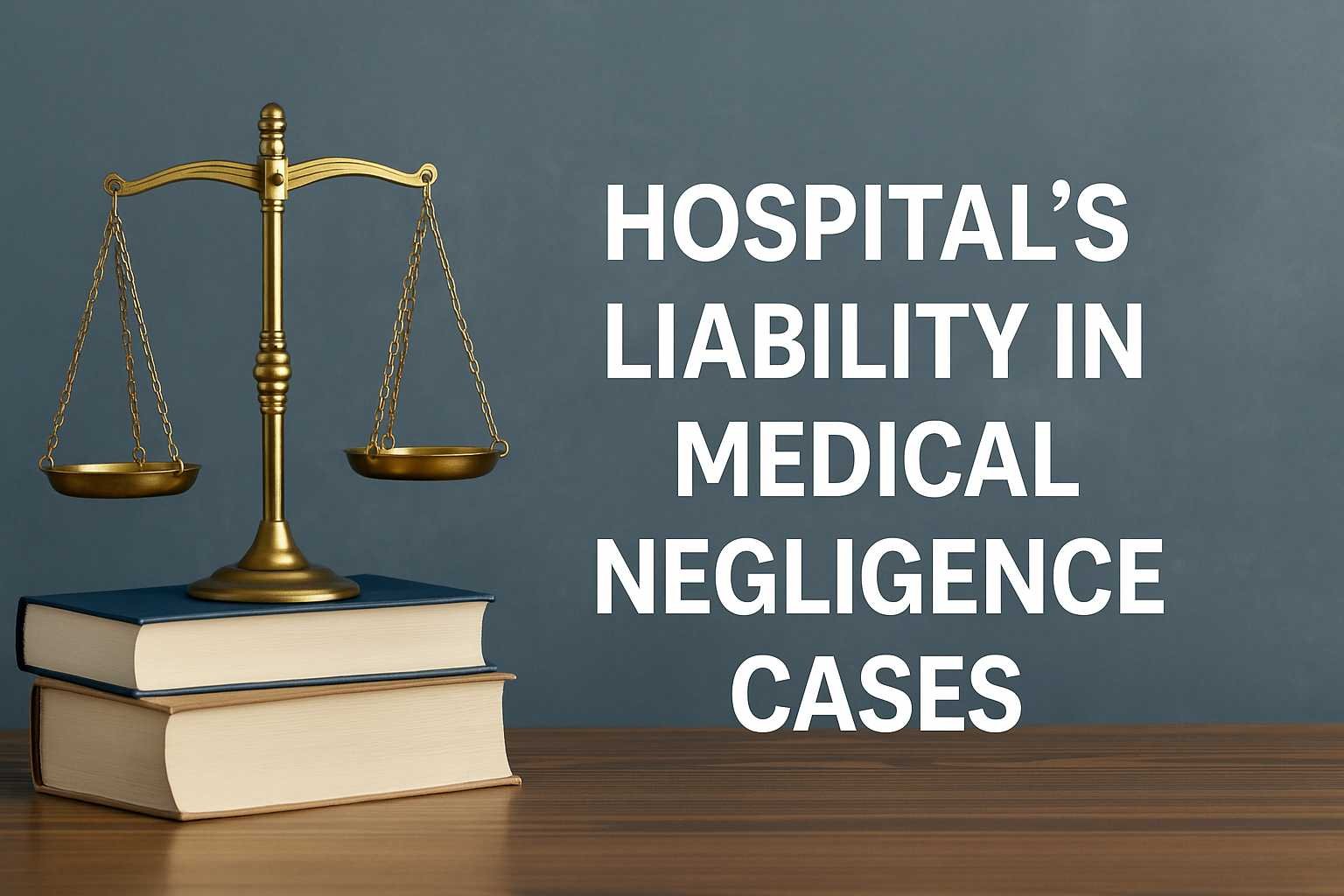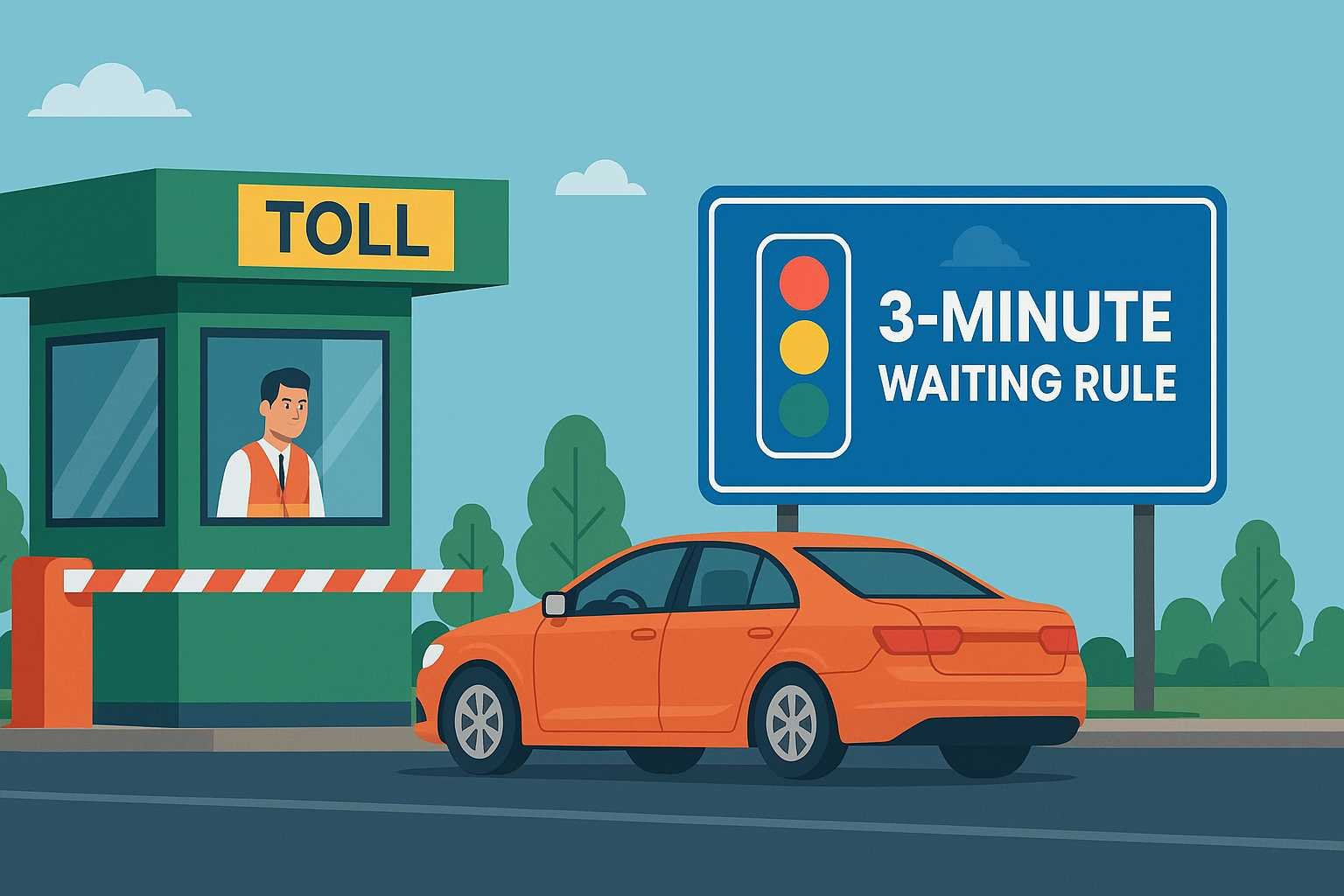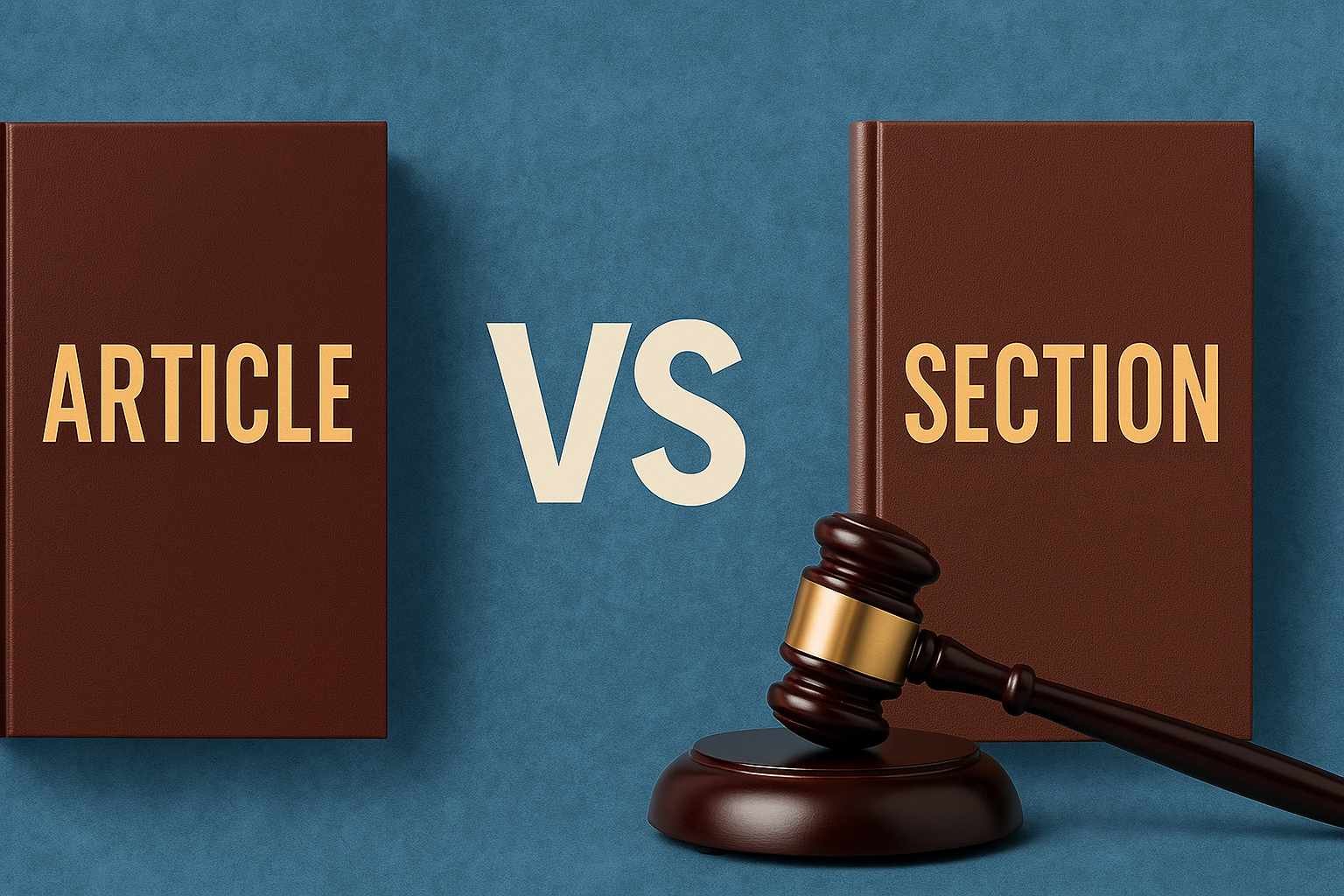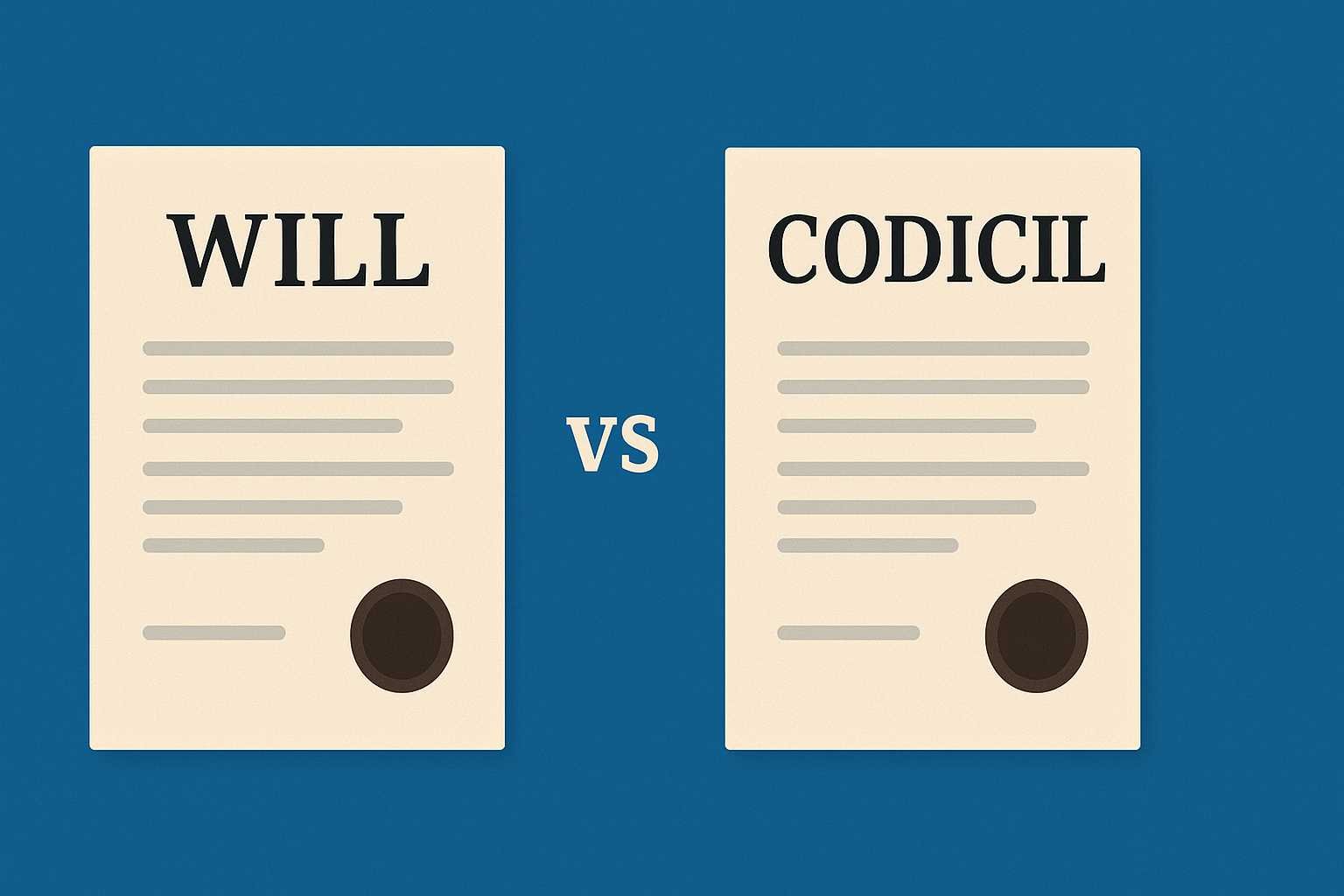On this page you will read detailed information about What Is a Hate Crime.
As violence motivated by prejudice continues to plague society, you may find yourself wondering, what exactly is a hate crime? While most criminal acts stem from momentary passions or calculated self-interest, hate crimes originate from bigotry against marginalized groups. The term describes violence targeting victims based on attributes like race, religion, or sexual orientation. Understanding the definition of a hate crime and how it differs from a regular crime can empower you to identify bias-motivated incidents in your community. In examining the meaning of the term and its far-reaching impacts, you gain insight into this troubling phenomenon. Though these crimes may seem intractable, education and awareness represent the first steps in reducing their prevalence. Equipped with knowledge, you are better prepared to recognize and respond to this destructive form of violence.
Defining Hate Crimes
According to the FBI, a hate crime is defined as a “criminal offense against a person or property motivated in whole or in part by an offender’s bias against a race, religion, disability, sexual orientation, ethnicity, gender, or gender identity.” Hate crimes are violent acts that are meant to intimidate and harm individuals because of their perceived differences. They instill fear not only in the direct victims but also in the communities they are a part of.
Bias Motivation
The perpetrator of a hate crime selects the victim based on a bias against the victim’s perceived race, religion, sexual orientation, ethnicity, disability, gender, or gender identity. The criminal act is motivated by the offender’s hatred or intolerance for a particular group. For example, assaults or vandalism targeting individuals because they are Jewish, black, homosexual or transgender would be considered hate crimes.
Intent to Intimidate
Hate crimes are meant to intimidate and terrorize individuals within a group or community. The perpetrators want to send a message that people who share the victim’s characteristics or beliefs are unwelcome and unsafe. For example, burning crosses on the lawns of black families was a tactic used by the Ku Klux Klan to instill fear in the black community.
Widespread Impact
While hate crimes directly victimize individuals, they also have a broader psychological impact. They can make members of the targeted group feel vulnerable and alienated. For example, anti-Muslim hate crimes following the September 11 terrorist attacks caused widespread fear and distress among Muslim communities across the US.
In summary, hate crimes should be distinguished from ordinary crimes because they are motivated by prejudice, meant to intimidate groups, and have a far-reaching psychological impact beyond the direct victims. Understanding this definition is key to recognizing, reporting, and preventing these malicious acts in society.
In the previous post, we had shared information about Understanding International Administrative Law: Origins, Institutions, and Procedures, so read that post also
The Difference Between Hate Crimes and Bias Incidents
Hate crimes and bias incidents are often confused, but there are important distinctions between them. A hate crime refers to a criminal act motivated by bias against the victim’s perceived race, religion, disability, sexual orientation, ethnicity or gender identity. Bias incidents, on the other hand, are acts of prejudice that are not criminal in nature.
Criminal Acts Motivated by Bias
Hate crimes are violent acts that intimidate victims and negatively impact society. Perpetrators who commit hate crimes can face criminal prosecution and even jail time for these acts under federal and state laws. Examples of hate crimes include:
- Physically assaulting someone while using racial slurs.
- Vandalizing a place of worship or religious symbol.
- Mailing threatening letters to members of a minority group.
Non-Criminal Acts of Prejudice
Bias incidents refer to acts of prejudice that, while morally wrong, do not violate criminal laws. They demonstrate prejudice but do not involve violence or property damage. Examples include:
- Using racial slurs or bigoted language to harass or intimidate someone.
- Distributing racist flyers or propaganda.
- Bullying or cyberbullying someone based on their sexual orientation or gender identity.
While bias incidents are not criminal, they should still be reported to authorities like the police or organizations that monitor hate groups. Reporting these acts brings awareness to issues of prejudice and discrimination in society and can help prevent escalation into criminal behavior.
In summary, the key difference between hate crimes and bias incidents comes down to criminal versus non-criminal behavior. Hate crimes are violent acts prohibited under law, while bias incidents demonstrate prejudice in ways that, though morally wrong, do not violate criminal statutes. Both negatively impact victims and society in general, so reporting and addressing them is important.
Common Characteristics of Hate Crimes
Hate crimes are malicious acts motivated by prejudice and intolerance towards a group based on specific characteristics. There are some common features that define hate crimes and distinguish them from ordinary crimes.
Targeting of Victims
Hate crimes target victims because of their perceived or actual race, religion, ethnicity, sexual orientation, disability, or other characteristic. The perpetrator selects the victim due to their membership in a particular group. For example, a hate crime may target an individual for being Muslim, Jewish, or a member of the LGBTQ community.
Intent to Intimidate
Hate crimes are intended to intimidate and instill fear not just in the immediate victim but in the wider community. The perpetrator aims to send a message that people with those characteristics are not welcome and should feel threatened. For example, vandalizing a mosque or synagogue is meant to intimidate the whole religious community.
Violent Acts
Hate crimes often involve violent acts such as assault, murder, arson, or vandalism. They inflict harm and damage in a way meant to dehumanize the victim. The violence is typically more brutal than in a comparable ordinary crime. For example, a hate-motivated murder may involve torture, mutilation, or other extreme cruelty.
Organized Perpetrators
Some hate crimes are committed by organized hate groups who conspire to plan and carry out criminal acts against their targets. These groups foster an environment of intolerance and actively promote violence and intimidation. They pose an ongoing threat to communities and require monitoring by law enforcement.
In summary, hate crimes are a particularly egregious type of criminal act intended to spread fear and intimidate vulnerable minority groups. They require a strong response to send the message that prejudice and violence will not be tolerated. Reporting and prosecuting hate crimes helps protect communities and upholds principles of equality and human rights.
Protected Classes Targeted by Hate Crimes
Race and Ethnicity
Some of the most common targets of hate crimes are racial and ethnic minorities. According to the FBI, nearly half of hate crimes are motivated by racial bias, with African Americans, Jews, and Hispanics being frequent victims. Perpetrators may use racial slurs, vandalize places of worship like synagogues or black churches, or physically assault minorities.
Religion
Religious minorities are also frequent targets of hate crimes. In the U.S., crimes against Jews, Muslims, and Sikhs have increased in recent years. Perpetrators may vandalize places of worship, desecrate religious symbols, or harass individuals for outward displays of faith like wearing a hijab or turban.
Sexual Orientation and Gender Identity
Members of the LGBTQ community are frequent victims of hate crimes motivated by bias against their sexual orientation or gender identity. Perpetrators may verbally or physically harass individuals, vandalize LGBTQ community centers, or attack people at gay bars and clubs. Transgender individuals in particular experience high rates of hate crimes.
Disability
Individuals with disabilities have also been targeted in hate crimes. Perpetrators may take advantage of a person’s disability to harass, intimidate, or assault them. People with intellectual or developmental disabilities are especially vulnerable. Disability hate crimes are some of the least reported, so the true incidence rate is difficult to determine.
In summary, hate crimes target individuals and groups based on their inherent characteristics – things like race, religion, sexual orientation, gender identity, and disability status. By understanding which groups are frequently targeted, individuals and communities can work to prevent such crimes, advocate for victims, and promote inclusion and diversity.
The Impact of Hate Crimes on Victims and Society
Hate crimes have a devastating impact on victims and society as a whole. Victims of hate crimes often suffer severe physical and psychological harm that extends beyond the immediate incident. ###Physical Harm
The physical attacks involved in hate crimes frequently result in serious injuries and even death. Victims may face verbal abuse, beatings, stabbings, shootings, and other acts of violence that can cause lasting physical damage.
Psychological Trauma
The psychological impacts of hate crimes are also severe and long-lasting. Victims experience trauma, anxiety, depression, and post-traumatic stress disorder. They live in fear of future attacks and may isolate themselves from society. This psychological harm also extends to the victim’s family, friends, and community.
Community Damage
Hate crimes damage society by instilling fear in communities and undermining pluralism. They spread the message that certain groups are not welcome or safe. As a result, marginalized groups may feel angry, fearful, and distrustful of society and the criminal justice system. This breakdown in trust and security threatens the fabric of an inclusive, democratic society.
Economic Cost
Hate crimes also have substantial economic costs to society through medical expenses, loss of productivity, and costs to the criminal justice system. The human and financial toll of hate violence is enormous. According to estimates, the total cost of hate crimes in the US exceeds $44 billion annually.
To curb the corrosive effects of hate crimes, society must stand united against prejudice, promote inclusion, and support victims. Stronger laws and policies are also needed to prevent hate crimes and bring perpetrators to justice. Collective action can help build a society where people are judged based on their character, not on their race, religion, sexual orientation, gender, or disability.
Conclusion
As you have now learned, hate crimes are illegal acts motivated by prejudice or bias against a victim’s race, religion, ethnicity, national origin, gender, sexual orientation or disability. While hate crimes are not new, they continue to have devastating impacts on communities across America. It is critical that we understand what constitutes a hate crime and the legal protections in place for victims. With knowledge comes power. By educating ourselves on the issue of hate crimes, we gain the tools to identify and report these harmful acts. We also empower law enforcement to fully investigate and prosecute hate crimes to the fullest extent of the law. Though the road ahead is long, through dedication and perseverance, we can build a more just society free from violence and intolerance. With compassion and courage, we all have a role to play in this vital effort.
Disclaimer
The information and services on this website are not intended to and shall not be used as legal advice. You should consult a Legal Professional for any legal or solicited advice. While we have good faith and our own independent research to every information listed on the website and do our best to ensure that the data provided is accurate. However, we do not guarantee the information provided is accurate and make no representation or warranty of any kind, express or implied, regarding the accuracy, adequacy, validity, reliability, availability, or completeness of any information on the Site. UNDER NO CIRCUMSTANCES SHALL WE HAVE ANY LIABILITY TO YOU FOR ANY LOSS OR DAMAGE OF ANY KIND INCURRED AS A RESULT OR RELIANCE ON ANY INFORMATION PROVIDED ON THE SITE. YOUR USE OF THE SITE AND YOUR RELIANCE ON ANY INFORMATION ON THE SITE IS SOLELY AT YOUR OWN RISK. Comments on this website are the sole responsibility of their writers so the accuracy, completeness, veracity, honesty, factuality and politeness of comments are not guaranteed.
So friends, today we talked about What Is a Hate Crime, hope you liked our post.
If you liked the information about What Is a Hate Crime, then definitely share this article with your friends.








